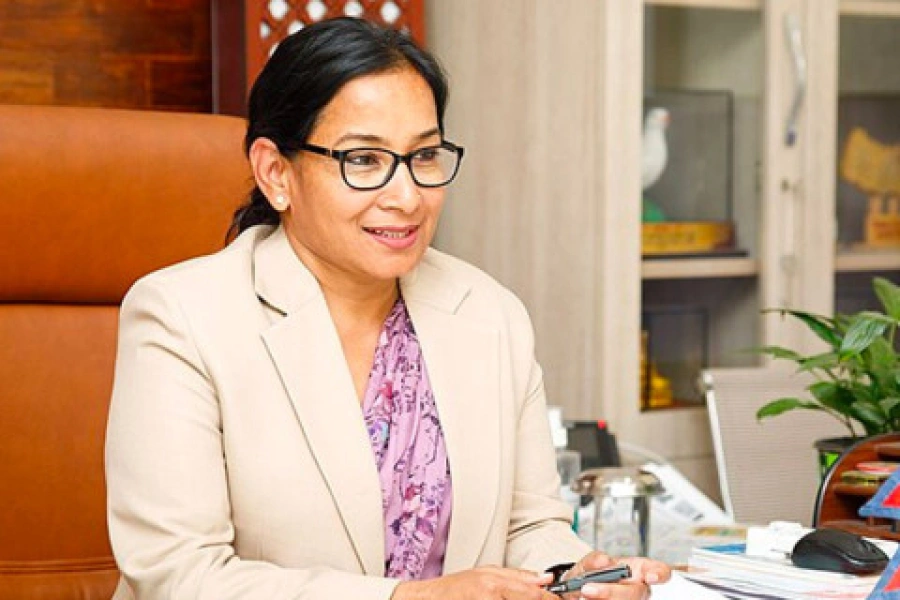The fight against HIV/AIDS in Nepal is likely to gain momentum after the announcement of an ambitious campaign called ‘HIV Free Generation’ by a network of 70 NGOs. Built on a model first implemented in Liberia, a West-African country, the new program targets thousands of pregnant women infected with HIV who transmit the deadly virus to their newborn. By raising awareness, especially on the use of Nevirapine (an antiretroviral drug), providing free counseling and making it mandatory for every pregnant woman to undergo HIV test before delivery, the campaigners plan to reach out to the poorest communities.
It’s a sound plan and with proper funding and coordination, it can deliver immense goods. The country was in desperate need of such a program: 1,000 women with HIV/AIDS get pregnant every year in Nepal; 30 to 45 percent of them deliver newborns with HIV virus. However, given the huge resources that will need to be marshaled, the campaign will, at some point, have to seek government support. And rightly so. A collective effort that brings together government infrastructure and private sector expertise, for instance, will go a long way towards ensuring universal access to quality treatment, diagnostics, care and support services for infected, affected and vulnerable groups.
So far, the government’s only program to check the transmission of disease during pregnancy is the Prevention of Mother to Child Transmission (PMCT) of HIV virus. And even this program’s effectiveness has been questionable. Government projects will be more effective if they can work in close concert with NGOs and INGOs. There is already a strong civil society engagement in the HIV/AIDS sector and it will be unwise to sideline them.
There is so much to do. The number of Nepalis living with HIV/AIDS is increasing. Nepal is currently classified as a country experiencing concentrated epidemic, particularly among female sex workers (FSWs), injecting drug users (IDUs), men who have sex with men (MSM), and migrants. The disease has primarily been transmitted by IDUs who engage in unprotected sex. UNAIDS estimates from 2007 indicate that approximately 75,000 people in Nepal are HIV-positive. The government’s National Center for AIDS & STD Control (NCASC) believes the number has decreased to 70,000. But this climb down might be temporary. The HIV/AIDS situation is likely to worsen with the state failing to tackle the problems of male migration, prostitution, poverty, low socio-economic status of women and rampant illicit drug trafficking. Additionally, a large numbers of Nepali girls are recruited as sex workers in Indian cities, and an equally large numbers of young Nepali males frequent female sex workers abroad. According to a 2007 UN report on Nepal, labor migrants make up 41 percent of the known HIV infections in the country. These are sobering stats, which need urgent actions. The National Action Plan now needs to widen its scope and programs. With the NGOs banding together to announce such an ambitious program, this may be the perfect time to start a new public-private partnership to fight the HIV menace.
In Argentina, pandemic exacts a heavy toll on tango culture





































